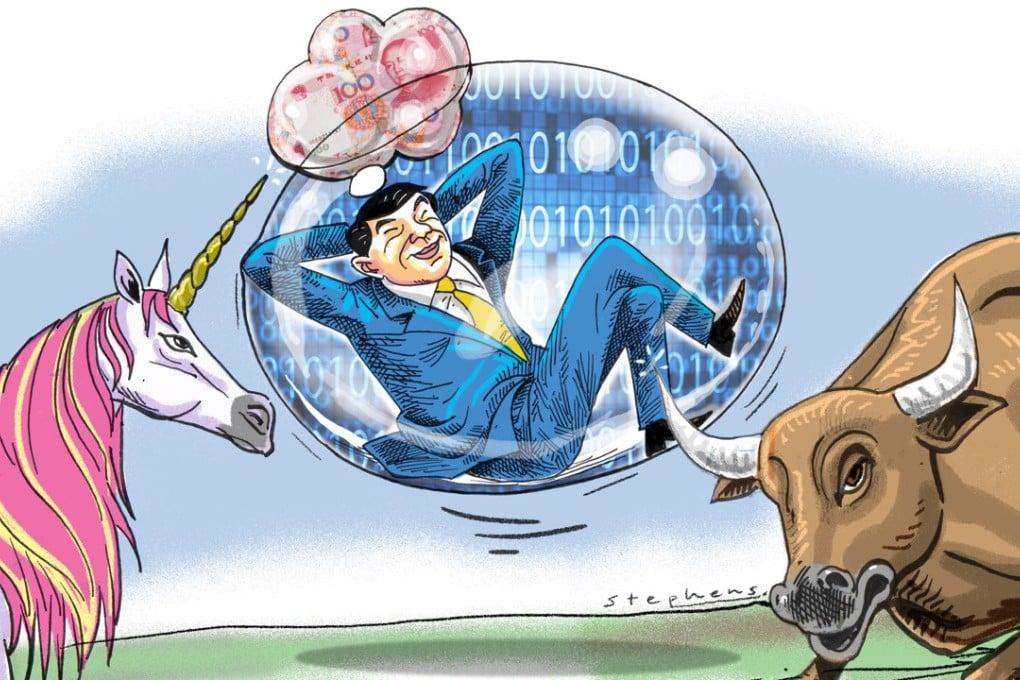Hype of China technology stocks risks a replay of the 2000 US dotcom crash
Andy Xie says with so much money from both government and retail investors already sunk into a business that relies more on false hope than sound fundamentals, the pain of a crash will be severe. Can it be avoided?

And as in 2000, while the stock bloodbath could be over quickly, the economy would take years to recover from the economic fallout and financial damage inflicted.
The expectation that these companies could keep growing rapidly is a pipe dream. Because they take business away from existing companies, rather than create new business, there is a cap on how big they can be.
Things will be different in China. China’s tech bubble is very similar to the US dotcom bubble in 2000. There are many companies being financed because they are doing something linked to technology. And, if they get revenue going, the market extrapolates it into infinity and gives them enormous valuations. Hence, they are encouraged to “buy” revenue through subsidies.
This means the bubble needs more and more cash to stay afloat. When there are lots of stupid people with lots of money, the game keeps going. But that kind of situation doesn’t last very long. As monetary tightening happens around the world, credulous people tend to lose access to money quickly.